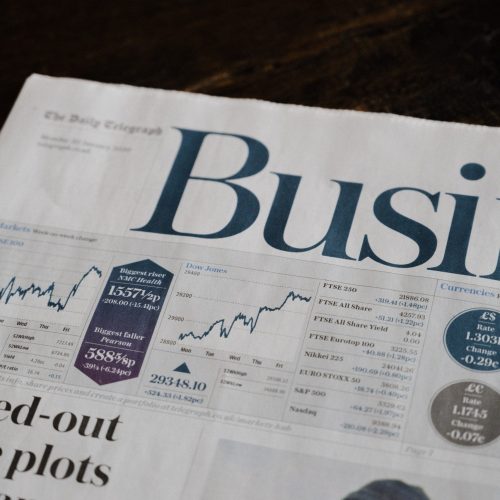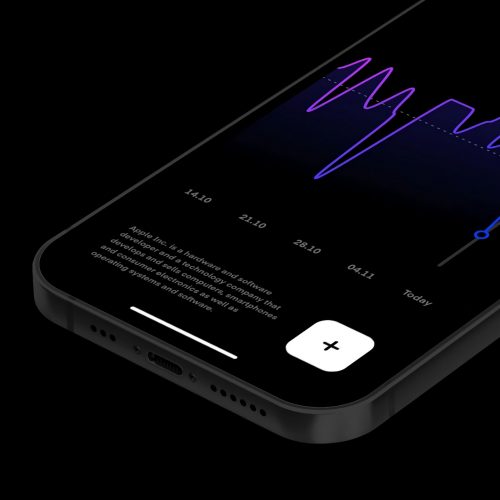An FX indicator is a technical analysis tool that quantifies the strength and direction of a currency pair’s price trend. Traders use indicators to decide when to buy or sell a currency pair and identify potential trading opportunities. There are many types of FX indicators available, each with its specific purpose and use.
When selecting an indicator for Forex trading, it is crucial to choose one that aligns with your trading strategy and risk appetite.
The PMI
The Purchasing Managers’ Index (PMI) was started by Dr Norman F. Smith in the late 1950s to measure business conditions in the United States. The first index was released in January 1931 and covered only the manufacturing sector. In July of 1967, its expanded coverage included all private non-farm businesses. currently, there are PMI indices for over 30 countries
The PMI is an essential tool for forex traders, providing valuable information about the economy’s health.
The Purchasing Managers Index is a statistic that ranks organizations in the manufacturing sector on their ability to manage costs and maximize efficiency. It is used as a leading indicator for economic activity. The PMI is issued monthly by the Institute for Supply Management (ISM), which uses a sample of purchasing managers in the manufacturing sector to calculate it.
The PMI is widely followed by economists and market participants as it can provide insights into future economic activity. For example, if the PMI rises, it may signal that GDP growth is on the horizon. Conversely, if the PMI is falling, it could indicate that the economy is slowing down.
How to use PMI
The PMI index ranges from 0 to 100, with readings above 50 indicating expansion and below 50 indicating contraction. The further away from 50 the reading is, the stronger the level of expansion or contraction.
Economists and investors closely watch the PMI because it can be an early indicator of economic activity. A reading above 50 indicates that the manufacturing sector is expanding, while a below 50 indicates contraction. The index also measures business conditions in the services and construction sectors.
The PMI index consists of five sub-indices: new orders, production, employment, suppliers’ delivery times, and inventories.
A chain connects the bottoms and tops of the sub-indices called an index. The health of the manufacturing sector and, as a result, these sub-indices measure the economy.
The PMI is a valuable tool for forex traders, as it can provide insights into future economic activity. However, it is essential to note that the PMI is not a perfect indicator and should be used with other indicators to get a complete picture of the economy.
Advantages
The PMI is a leading indicator of economic activity, providing insights into future economic growth, and is released relatively quickly after the end of the month to give a timely reading on manufacturing activity. PMIs are widely followed by economists and market participants, providing valuable information about the economy’s health.
The PMI index consists of five sub-indices, which can gauge the manufacturing sector’s health.
The five sub-indices the PMI uses to gauge the economy’s health are new orders, production, employment, suppliers’ delivery times, and inventories.
Disadvantages
A disadvantage of the PMI is that it is based on surveys, so it can be subject to revision and can be influenced by changes in sentiment.
The PMI is not a perfect indicator and should be used with other indicators to get a complete picture of the economy; it may not be relevant for all economies. And lastly, the PMI can be volatile and should be interpreted with caution.
In conclusion
The PMI is an important indicator of economic health. It has been in use for over 50 years and provides timely information on business conditions in the manufacturing, services, and construction sectors. While it is not always accurate, it can be a valuable tool for economists and investors. It is always advisable to ask an experienced trader to help you if you are unsure how to interpret PMI.




